Home>Storage & Organization>Kitchen Organizing Tools>What To Use As A Litter Box
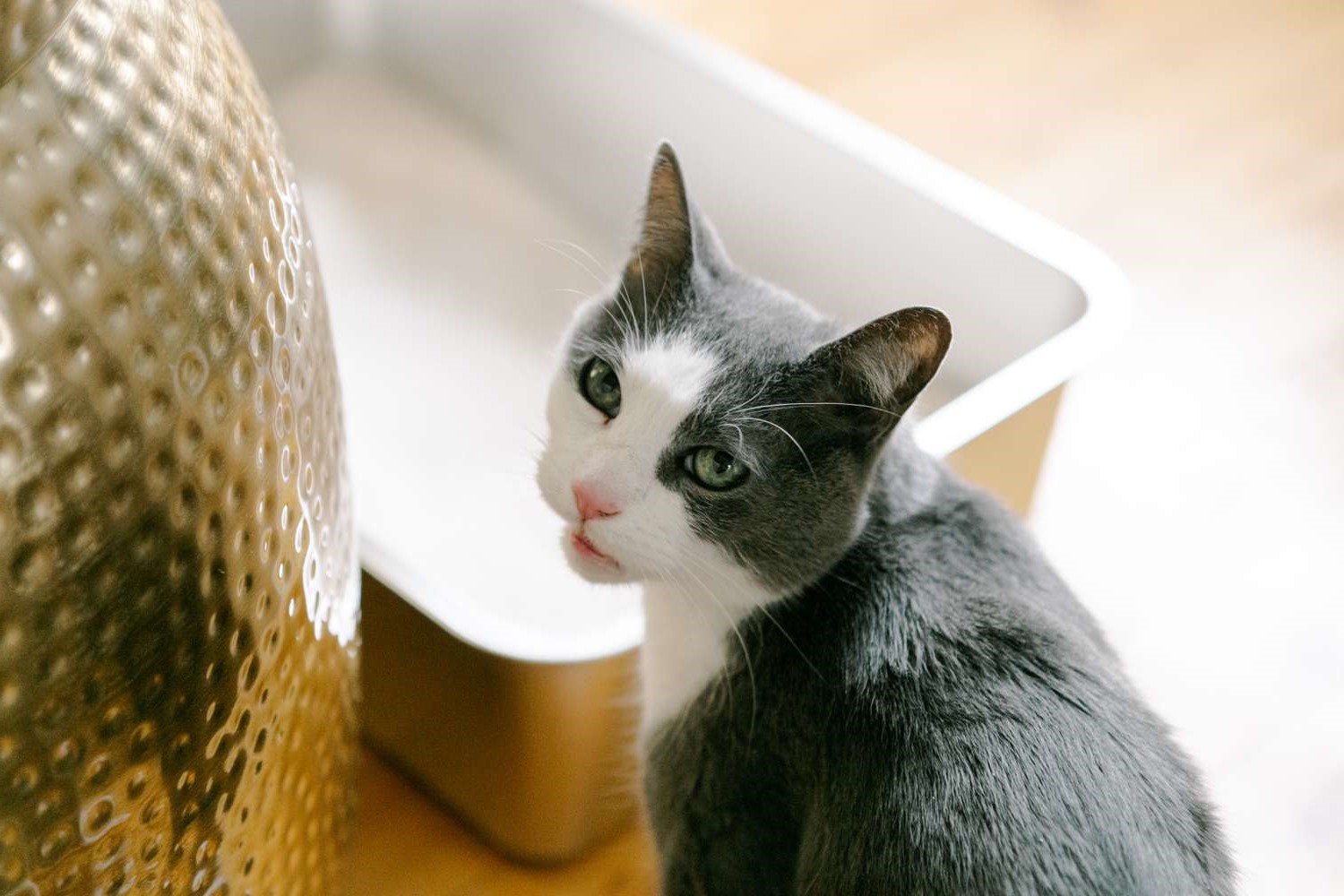

Kitchen Organizing Tools
What To Use As A Litter Box
Modified: March 2, 2024
Discover the best kitchen organizing tools to use as a litter box. Find practical solutions for keeping your kitchen tidy and organized.
(Many of the links in this article redirect to a specific reviewed product. Your purchase of these products through affiliate links helps to generate commission for Storables.com, at no extra cost. Learn more)
Cardboard boxes
Cardboard boxes are versatile and cost-effective options for creating a makeshift litter box for your feline friend. They are readily available in various sizes, making them suitable for cats of all breeds and sizes. Here are some creative ways to repurpose cardboard boxes as litter boxes:
-
Standard cardboard boxes: These are the most basic option and can be easily transformed into a temporary litter box. Simply choose a box that is large enough for your cat to comfortably move around in and line it with a plastic bag or a disposable litter box liner. This makeshift solution is ideal for temporary use or for cats who are transitioning to a new environment.
-
Customized cardboard litter boxes: For a more permanent solution, you can repurpose a larger cardboard box by cutting down the sides to create a low-entry litter box. This design provides easy access for cats of all ages, including kittens and senior cats. Additionally, you can reinforce the box by applying duct tape along the edges to prevent it from losing its shape due to moisture from the litter.
-
Decorative cardboard litter boxes: To add a touch of creativity to your cat's litter area, consider decorating a cardboard box with non-toxic paint or adhesive paper. This not only personalizes the litter box but also integrates it seamlessly into your home decor. Be sure to use pet-safe materials and avoid adding any embellishments that could pose a choking hazard to your cat.
-
Multi-level cardboard litter boxes: If you have multiple cats or a particularly playful feline companion, you can stack cardboard boxes to create a multi-level litter box system. This setup provides individual spaces for each cat, reducing the likelihood of territorial disputes over the litter box. Ensure that the stacked boxes are securely positioned to prevent accidental collapses.
When using cardboard boxes as litter boxes, it's essential to monitor their condition regularly and replace them as needed. Cardboard is susceptible to moisture and may not withstand prolonged use, especially for cats who are prone to digging or scratching in the litter. By staying attentive to the box's integrity, you can ensure a hygienic and comfortable environment for your cat.
Incorporating cardboard boxes as litter boxes offers a budget-friendly and adaptable solution for cat owners. Whether you opt for a simple, disposable setup or get creative with customized designs, cardboard boxes can serve as a practical interim or long-term litter box alternative for your beloved feline companion.
Key Takeaways:
- Get creative with cardboard boxes as litter boxes! From basic setups to decorative designs, cardboard boxes offer a budget-friendly and adaptable solution for your cat’s litter needs.
- Plastic storage containers make customizable and durable litter boxes. Whether you need a simple setup or a DIY project, these containers cater to your cat’s needs in various household settings.
Read more: What To Use To Clean A Litter Box
Plastic storage containers
Plastic storage containers are versatile and practical options for creating a customized litter box for your feline companion. These containers come in a variety of sizes, shapes, and designs, offering cat owners the flexibility to tailor the litter box to their cat's specific needs. Here are some innovative ways to repurpose plastic storage containers as litter boxes:
-
Standard plastic containers: Utilizing a standard plastic storage container as a litter box is a straightforward and cost-effective solution. Select a container that provides ample space for your cat to move comfortably and turn around. To convert it into a litter box, simply cut a low-entry opening on one side of the container, ensuring that it is wide enough for easy access. This design is particularly beneficial for senior cats or kittens who may have difficulty navigating high-sided litter boxes.
-
Stackable storage containers: For multi-cat households or owners seeking to maximize space efficiency, stackable plastic storage containers offer a practical solution. By stacking containers of varying sizes, you can create a multi-level litter box system, providing individual compartments for each cat. This setup minimizes the likelihood of territorial disputes over the litter box and promotes a harmonious environment for all feline occupants.
-
Covered storage containers: Some plastic storage containers are designed with hinged lids, which can be repurposed to create covered litter boxes. The enclosed design helps contain odors and prevents litter scatter, offering a discreet and hygienic solution for both cats and their owners. When converting a covered storage container into a litter box, it's essential to ensure proper ventilation by adding small ventilation holes near the top of the container to maintain air circulation.
-
Customized storage container litter boxes: Cat owners with a penchant for DIY projects can unleash their creativity by customizing plastic storage containers into unique litter box designs. From adding decorative decals to painting the containers with pet-safe colors, the possibilities are endless. This personalized approach not only caters to the cat's needs but also integrates the litter box seamlessly into the home environment.
When repurposing plastic storage containers as litter boxes, it's crucial to prioritize the cat's comfort and hygiene. Regular cleaning and maintenance are essential to ensure a sanitary environment for your cat. Additionally, consider the depth of the container to accommodate your cat's litter preferences, as some cats may have a preference for deeper litter boxes.
Incorporating plastic storage containers as litter boxes offers cat owners a customizable and durable alternative to traditional litter boxes. Whether you opt for a basic, modified design or embark on a creative DIY project, plastic storage containers can serve as a practical and adaptable litter box solution for your beloved feline companion.
Large baking pans
Large baking pans present an unconventional yet practical option for repurposing as a litter box for your feline companion. These versatile pans, typically used for baking and roasting in the kitchen, can be transformed into spacious and accessible litter boxes with a few simple modifications. Here are creative ways to repurpose large baking pans as litter boxes:
-
Low-entry baking pans: Select a large baking pan with low sides to facilitate easy access for cats of all ages and mobility levels. The shallow depth of the pan allows kittens, senior cats, and those with mobility challenges to enter and exit the litter box effortlessly. Additionally, the expansive surface area of the pan provides ample space for cats to move around comfortably while maintaining their privacy during litter box use.
-
Multi-cat baking pan setup: For households with multiple cats, utilizing large baking pans as individual litter boxes can help minimize territorial conflicts and promote harmonious cohabitation. By placing multiple baking pans in separate locations, each cat can have its designated litter area, reducing the likelihood of competition or stress during litter box use. This setup also allows cat owners to monitor each cat's litter habits and promptly address any potential issues.
-
Customized baking pan litter boxes: Embrace creativity by customizing large baking pans to suit your cat's preferences and your home decor. Consider adding a low-cut entryway to the pan to accommodate cats with mobility limitations. Furthermore, you can personalize the baking pan by painting it with pet-safe colors or adding decorative elements to integrate it seamlessly into your living space. This personalized touch not only caters to your cat's needs but also enhances the aesthetic appeal of the litter box.
-
Hygienic maintenance: When repurposing large baking pans as litter boxes, it is crucial to prioritize cleanliness and hygiene. Regularly scoop and remove soiled litter to maintain a clean environment for your cat. Additionally, consider lining the baking pan with a disposable litter box liner or a plastic bag to simplify the cleaning process and protect the pan from moisture and odor absorption.
Repurposing large baking pans as litter boxes offers a practical and adaptable solution for cat owners seeking to provide their feline companions with comfortable and accessible litter areas. Whether you opt for a basic setup or embark on a creative customization project, large baking pans can serve as a versatile and cost-effective alternative to traditional litter boxes, catering to the diverse needs of cats in various household settings.
Consider using a large, shallow plastic bin as a litter box. It’s easy to clean, provides enough space for your cat, and helps contain the litter.
Under-bed storage containers
Under-bed storage containers offer a practical and discreet solution for repurposing as litter boxes for your feline companions. These containers, designed to maximize underutilized space beneath beds, can be transformed into spacious and accessible litter areas with minimal effort. Here are innovative ways to repurpose under-bed storage containers as litter boxes:
-
Spacious litter area: The generous dimensions of under-bed storage containers provide ample space for cats to move around comfortably and engage in their natural litter box behaviors. The expansive surface area accommodates cats of various sizes, ensuring that they have sufficient room to dig, cover their waste, and maneuver within the litter box without feeling confined.
-
Low-profile design: The low-profile nature of under-bed storage containers makes them ideal for cats who prefer litter boxes with easy entry and exit points. The shallow height of these containers allows kittens, senior cats, and those with mobility challenges to access the litter box effortlessly, promoting a stress-free and inclusive environment for all feline occupants.
-
Discreet placement: Utilizing under-bed storage containers as litter boxes offers a discreet and space-efficient solution for cat owners living in smaller homes or apartments. By placing the containers beneath beds, cat owners can maintain a clutter-free living space while providing their cats with designated and private litter areas. This placement also minimizes litter box visibility, contributing to a cohesive and visually appealing home environment.
-
Customization potential: Cat owners can unleash their creativity by customizing under-bed storage containers to suit their cat's preferences and their home decor. Consider adding a low-entry opening to the container to accommodate cats with mobility limitations. Furthermore, you can personalize the container by incorporating decorative elements or integrating it seamlessly into your living space, enhancing both functionality and aesthetics.
-
Hygienic maintenance: When repurposing under-bed storage containers as litter boxes, it is essential to prioritize cleanliness and hygiene. Regularly scoop and remove soiled litter to maintain a clean environment for your cat. Additionally, consider lining the container with a disposable litter box liner or a plastic bag to simplify the cleaning process and protect the container from moisture and odor absorption.
Incorporating under-bed storage containers as litter boxes offers cat owners a discreet, space-efficient, and adaptable alternative to traditional litter boxes. Whether you opt for a basic setup or embark on a creative customization project, under-bed storage containers can serve as versatile and practical litter box solutions, catering to the diverse needs of cats in various household settings.
Wooden crates
Wooden crates offer a rustic and versatile option for repurposing as litter boxes for your feline companions. These sturdy and aesthetically pleasing containers can be transformed into spacious and accessible litter areas with minimal effort. Here are innovative ways to repurpose wooden crates as litter boxes:
-
Spacious litter area: The generous dimensions of wooden crates provide ample space for cats to move around comfortably and engage in their natural litter box behaviors. The expansive surface area accommodates cats of various sizes, ensuring that they have sufficient room to dig, cover their waste, and maneuver within the litter box without feeling confined.
-
Customization potential: Wooden crates can be customized to suit your cat's preferences and your home decor. Consider adding a low-entry opening to the crate to accommodate cats with mobility limitations. Furthermore, you can personalize the crate by incorporating decorative elements or integrating it seamlessly into your living space, enhancing both functionality and aesthetics.
-
Low-profile design: The low-profile nature of wooden crates makes them ideal for cats who prefer litter boxes with easy entry and exit points. The shallow height of these crates allows kittens, senior cats, and those with mobility challenges to access the litter box effortlessly, promoting a stress-free and inclusive environment for all feline occupants.
-
Multi-cat litter area: For households with multiple cats, utilizing wooden crates as individual litter boxes can help minimize territorial conflicts and promote harmonious cohabitation. By placing multiple crates in separate locations, each cat can have its designated litter area, reducing the likelihood of competition or stress during litter box use.
-
Hygienic maintenance: When repurposing wooden crates as litter boxes, it is essential to prioritize cleanliness and hygiene. Regularly scoop and remove soiled litter to maintain a clean environment for your cat. Additionally, consider lining the crate with a disposable litter box liner or a plastic bag to simplify the cleaning process and protect the crate from moisture and odor absorption.
Incorporating wooden crates as litter boxes offers cat owners a durable, customizable, and visually appealing alternative to traditional litter boxes. Whether you opt for a basic setup or embark on a creative customization project, wooden crates can serve as versatile and practical litter box solutions, catering to the diverse needs of cats in various household settings.
Read more: What Age Do Kittens Use A Litter Box?
Cat litter boxes
Cat litter boxes are essential fixtures in a feline-friendly household, providing cats with a designated area to fulfill their natural instincts for elimination and maintaining hygiene. These purpose-built litter boxes come in a variety of designs, sizes, and features, catering to the diverse needs of cats and their owners. Here's an in-depth exploration of the benefits and considerations associated with traditional cat litter boxes:
-
Size and Accessibility: Traditional cat litter boxes are available in various sizes to accommodate cats of different breeds and sizes. From compact options suitable for single-cat households to larger, multi-cat litter boxes, cat owners can select a size that aligns with their feline companions' preferences and the available space in their homes. Additionally, many litter boxes feature low-entry openings, catering to kittens, senior cats, and those with mobility challenges, ensuring easy access for all feline occupants.
-
Litter Containment and Odor Control: Cat litter boxes are designed to contain litter effectively, minimizing scatter and maintaining a tidy environment. Many models incorporate high sides or hooded enclosures to prevent litter from being kicked out during digging and covering. Furthermore, litter boxes equipped with odor-control features, such as carbon filters or antimicrobial materials, help manage unpleasant odors, promoting a fresh and hygienic litter area for cats and their owners.
-
Hygienic Maintenance: Traditional cat litter boxes facilitate convenient litter scooping and cleaning, allowing cat owners to uphold a clean and odor-free environment for their feline companions. Removable liners, easy-access entry points, and smooth surfaces contribute to streamlined maintenance, promoting regular upkeep of the litter box and ensuring a comfortable and sanitary space for cats to fulfill their elimination needs.
-
Customization and Personalization: Many cat litter boxes offer customization options, allowing cat owners to tailor the litter area to their cats' preferences and their home decor. From selecting litter box colors that complement the interior design to incorporating privacy hoods or entrance mats for added comfort, these customizable features enable cat owners to create a personalized and inviting litter space for their feline companions.
-
Behavioral Considerations: The placement and design of traditional cat litter boxes play a crucial role in shaping cats' litter box habits and overall well-being. Strategic placement in quiet and accessible areas, away from high-traffic zones and loud appliances, promotes a stress-free and inviting environment for cats to use the litter box comfortably. Additionally, the availability of multiple litter boxes in multi-cat households helps prevent territorial conflicts and encourages consistent litter box usage among all feline occupants.
In summary, traditional cat litter boxes serve as indispensable components of a cat-friendly home, offering cats a dedicated space to engage in their natural elimination behaviors while promoting hygiene and comfort. By considering the diverse features and considerations associated with cat litter boxes, cat owners can select a suitable option that aligns with their cats' needs and enhances their overall living environment.
Frequently Asked Questions about What To Use As A Litter Box
Was this page helpful?
At Storables.com, we guarantee accurate and reliable information. Our content, validated by Expert Board Contributors, is crafted following stringent Editorial Policies. We're committed to providing you with well-researched, expert-backed insights for all your informational needs.
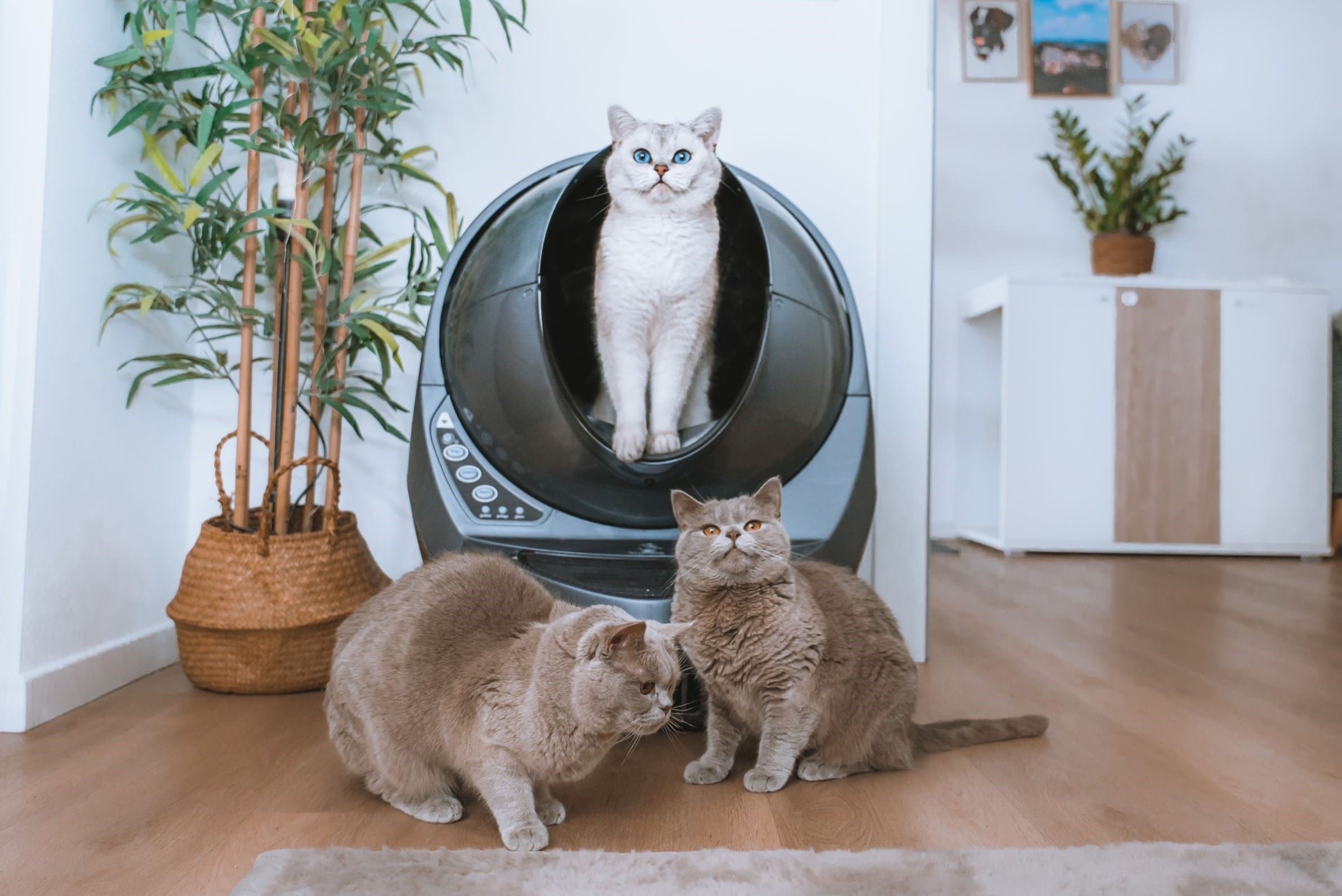
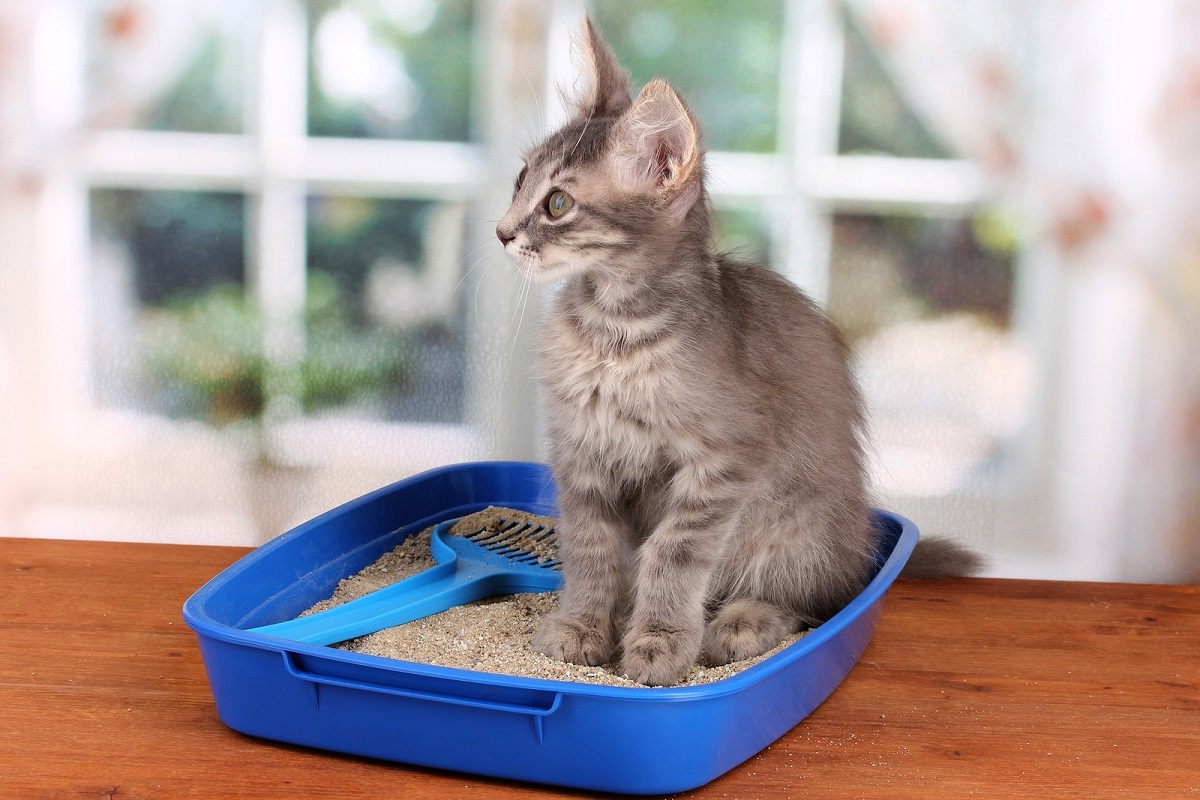
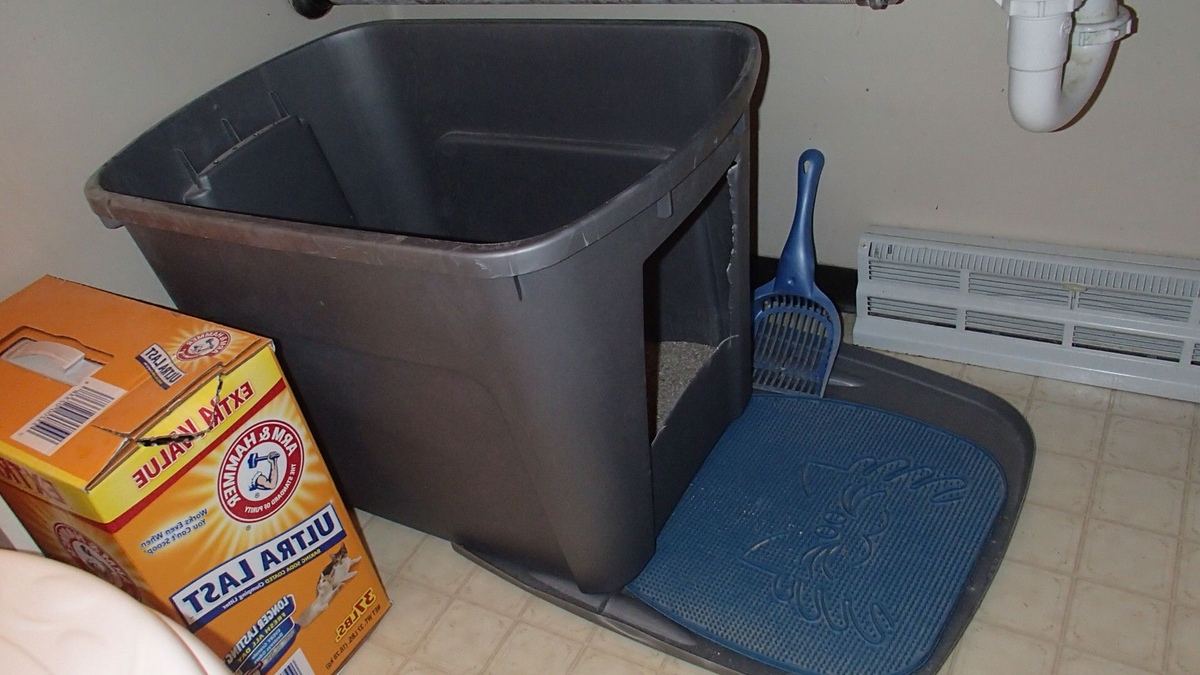
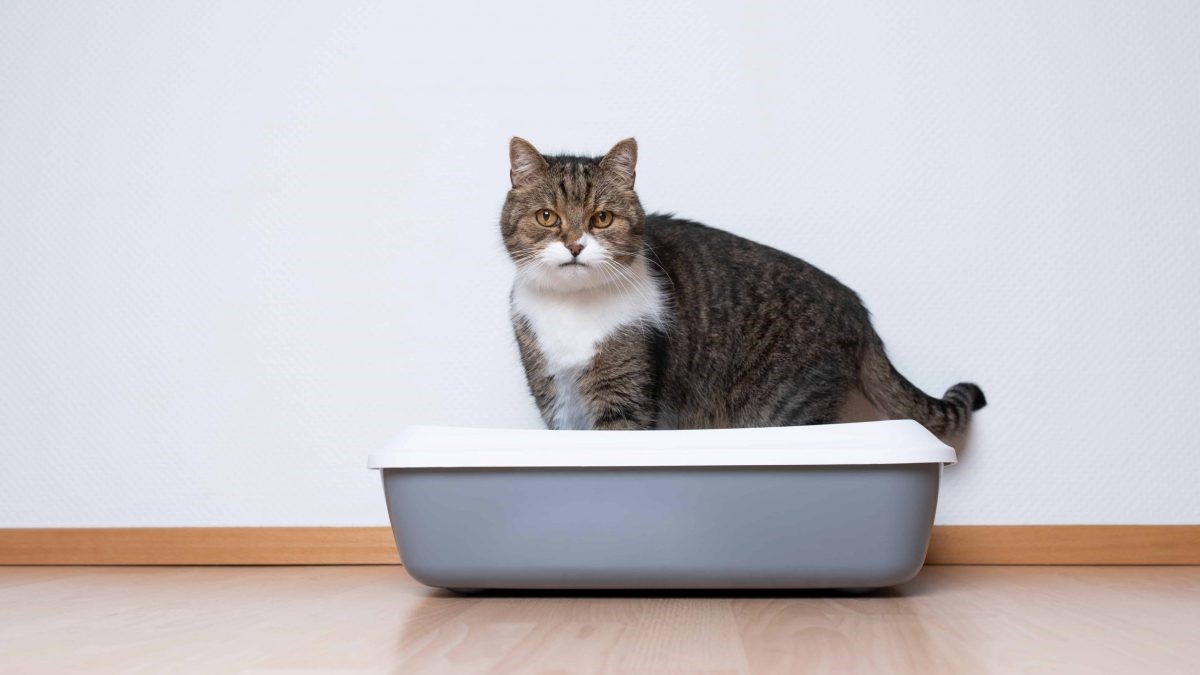
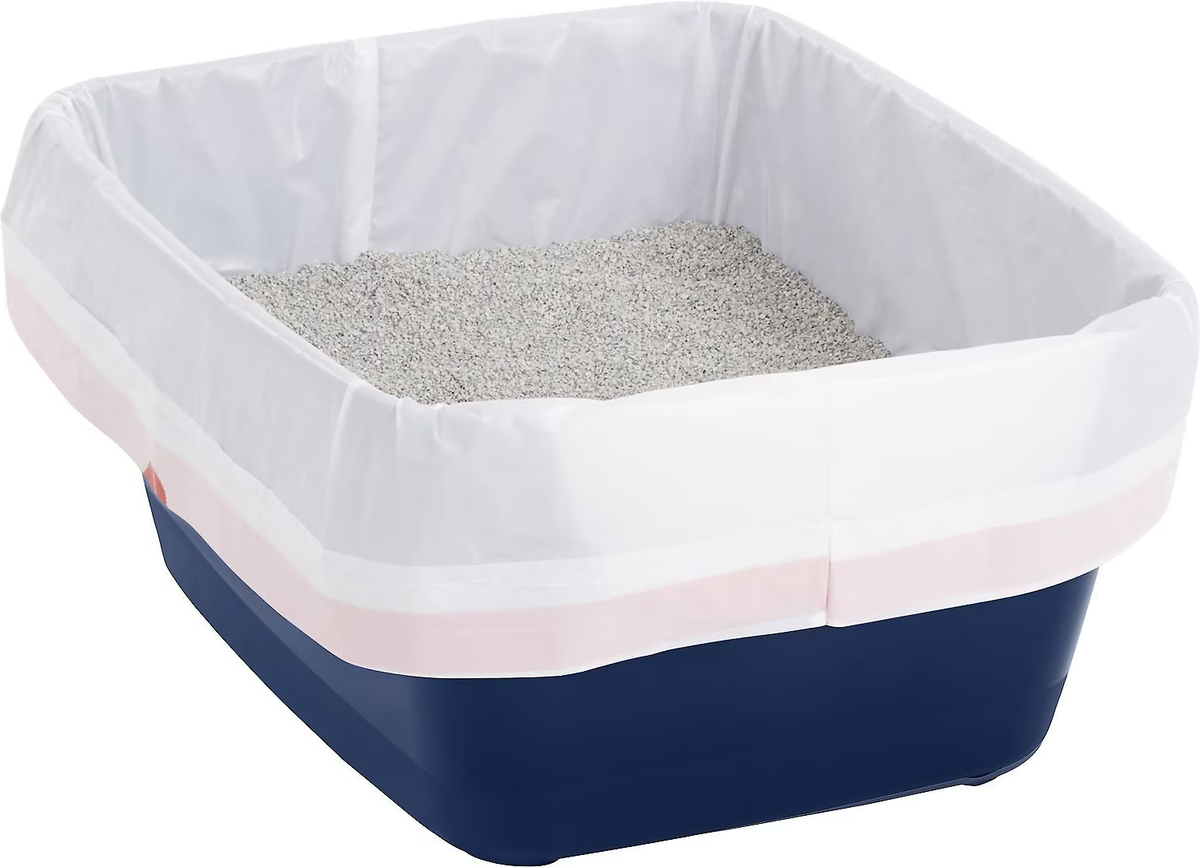
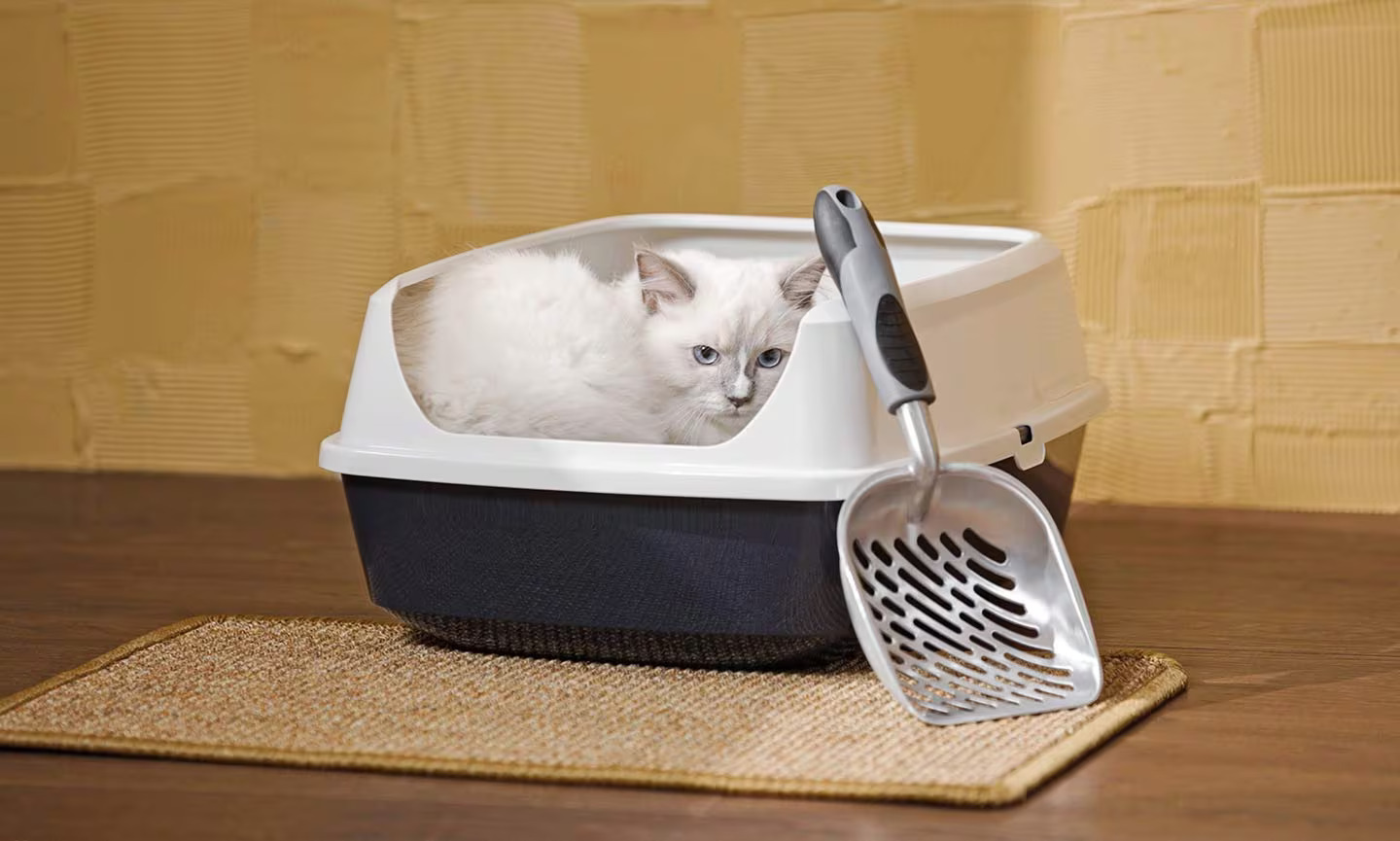
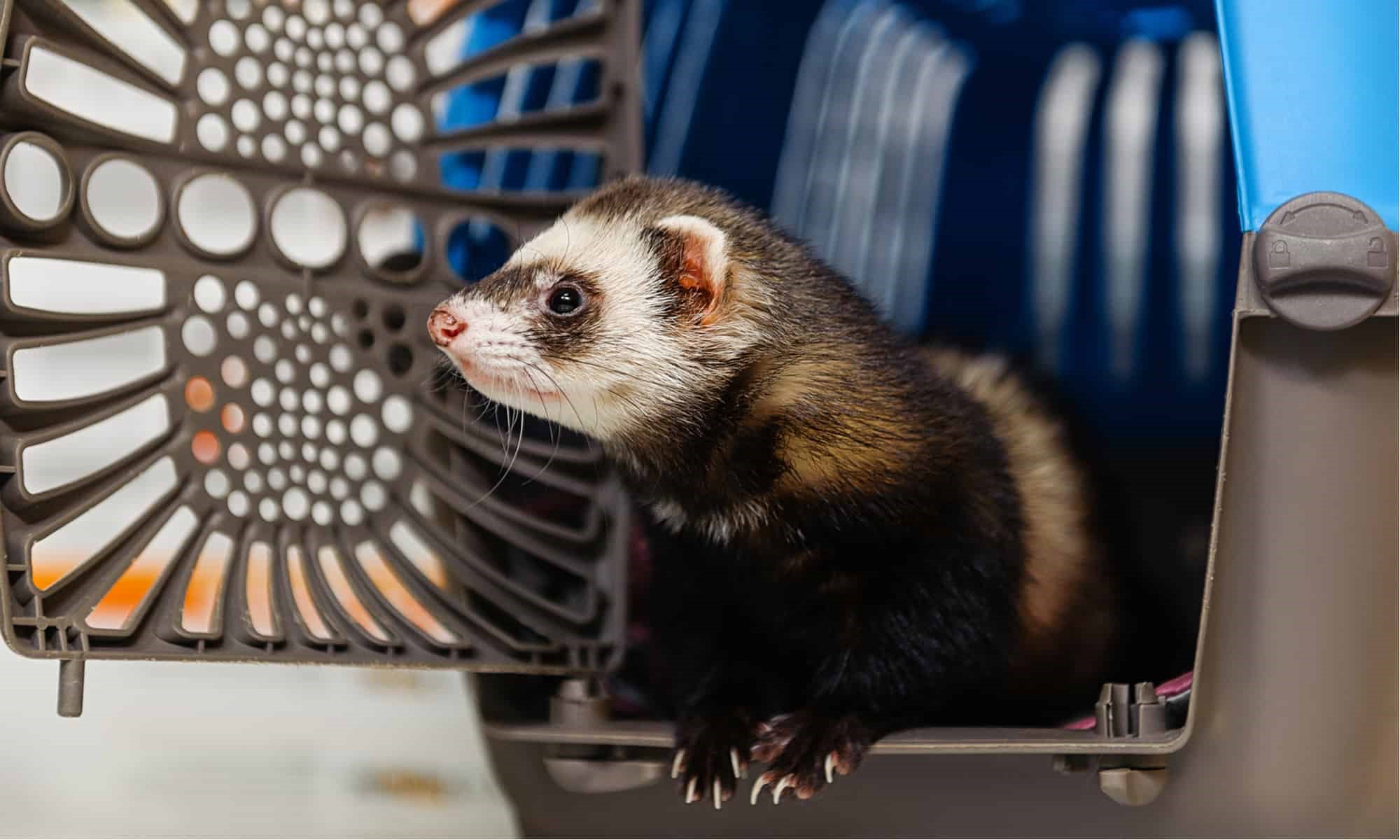
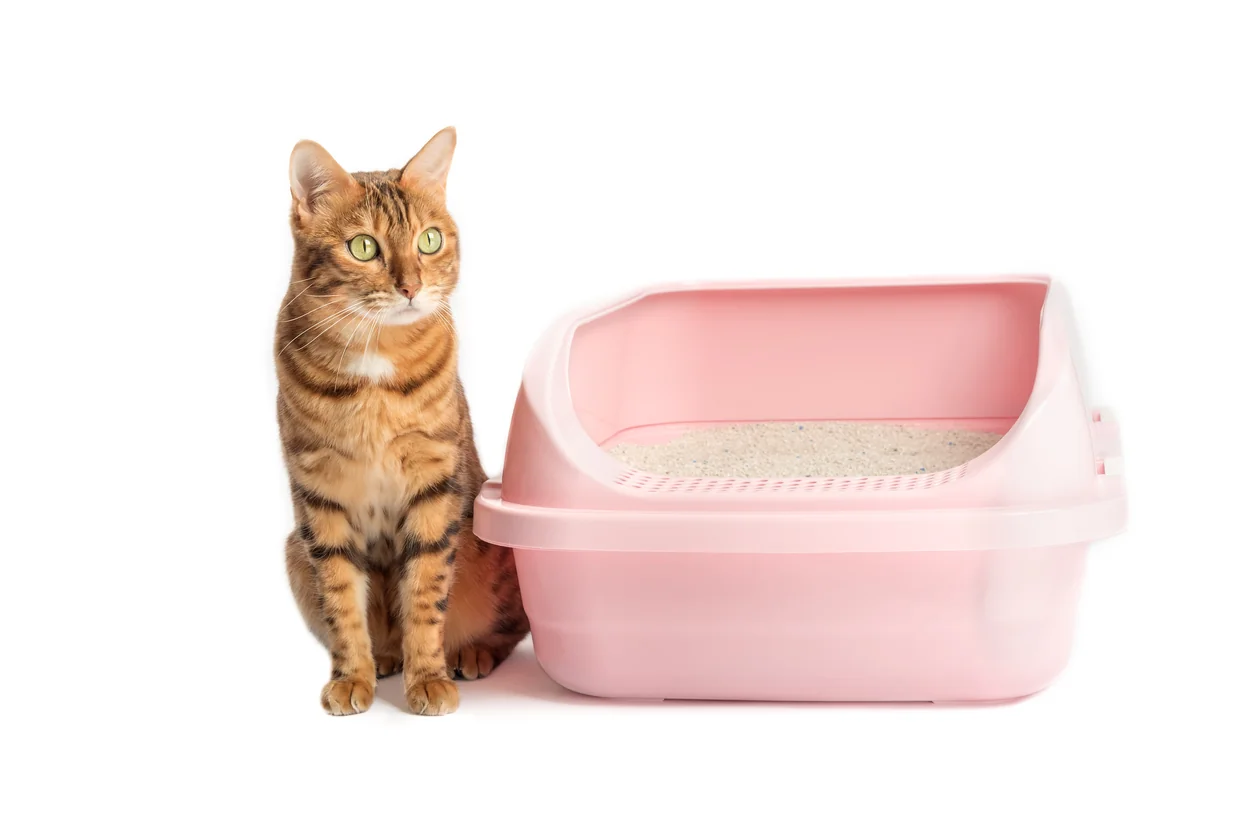
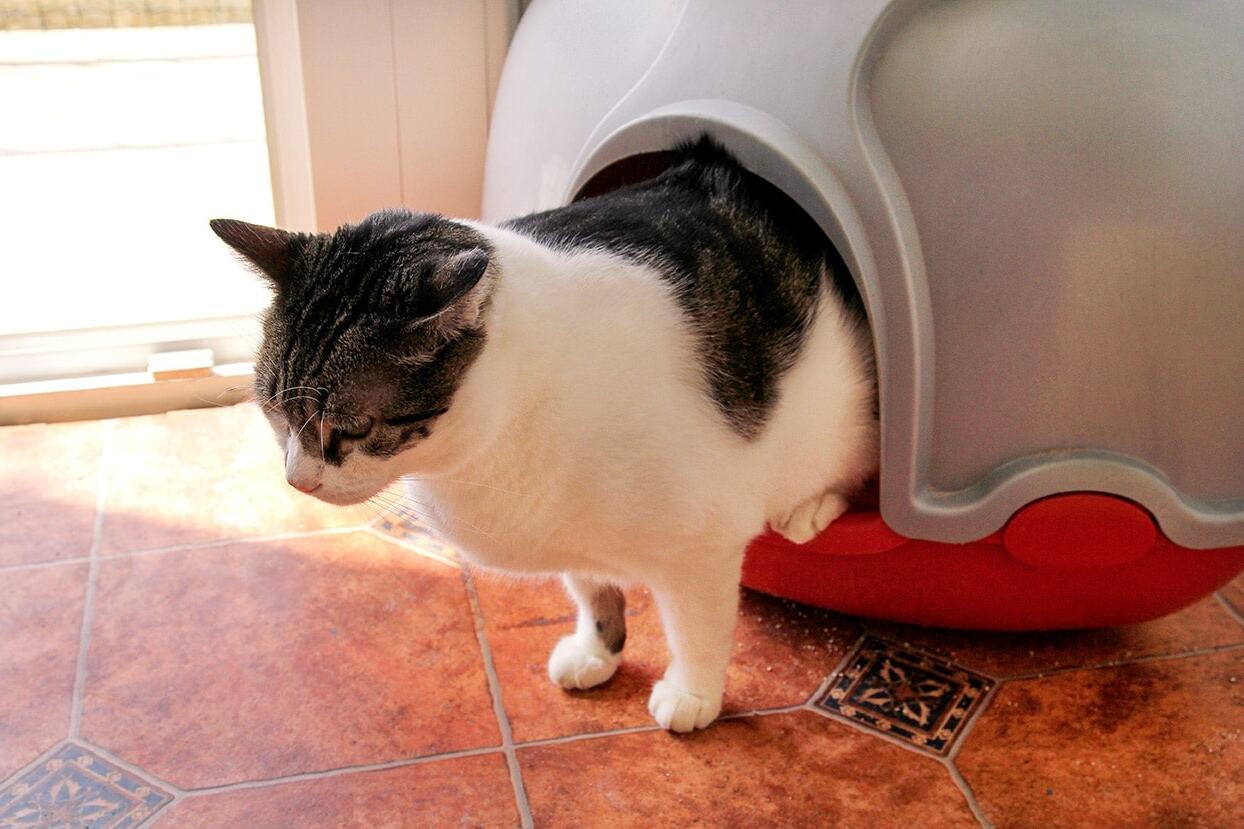
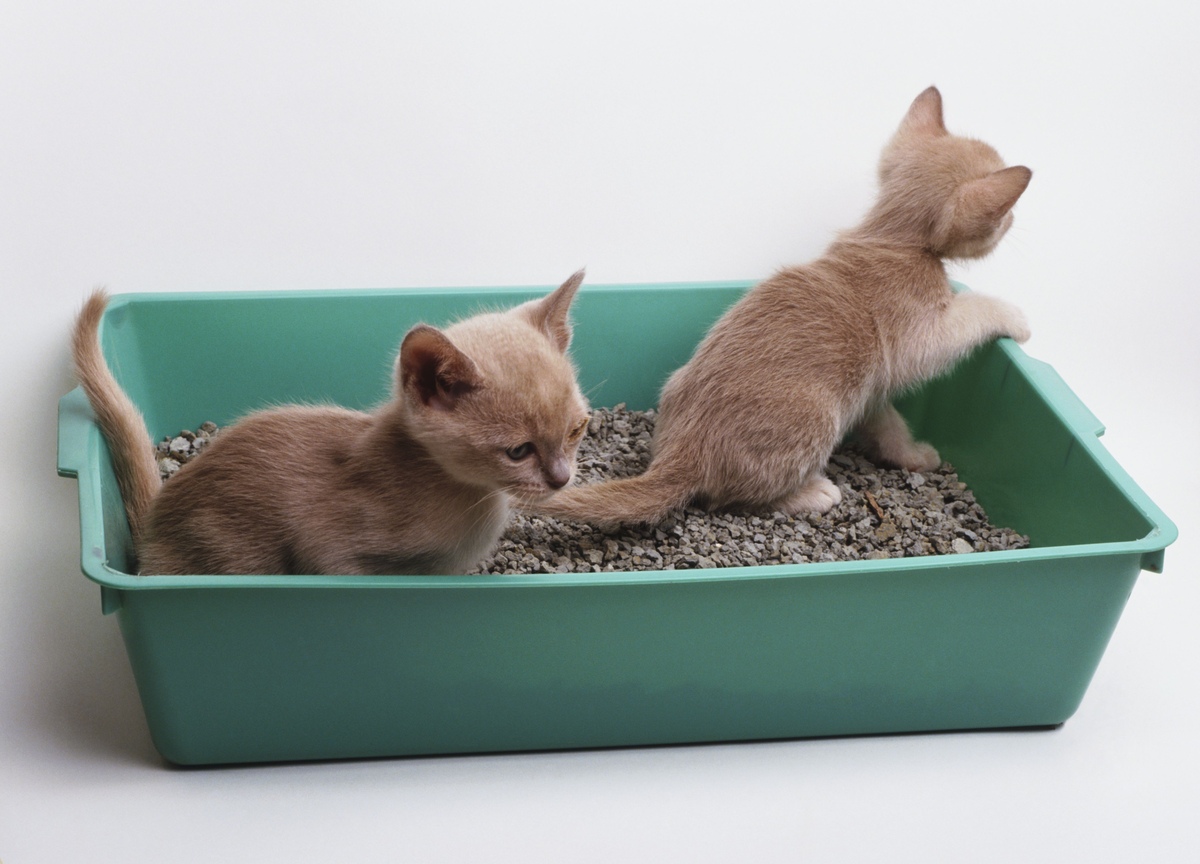
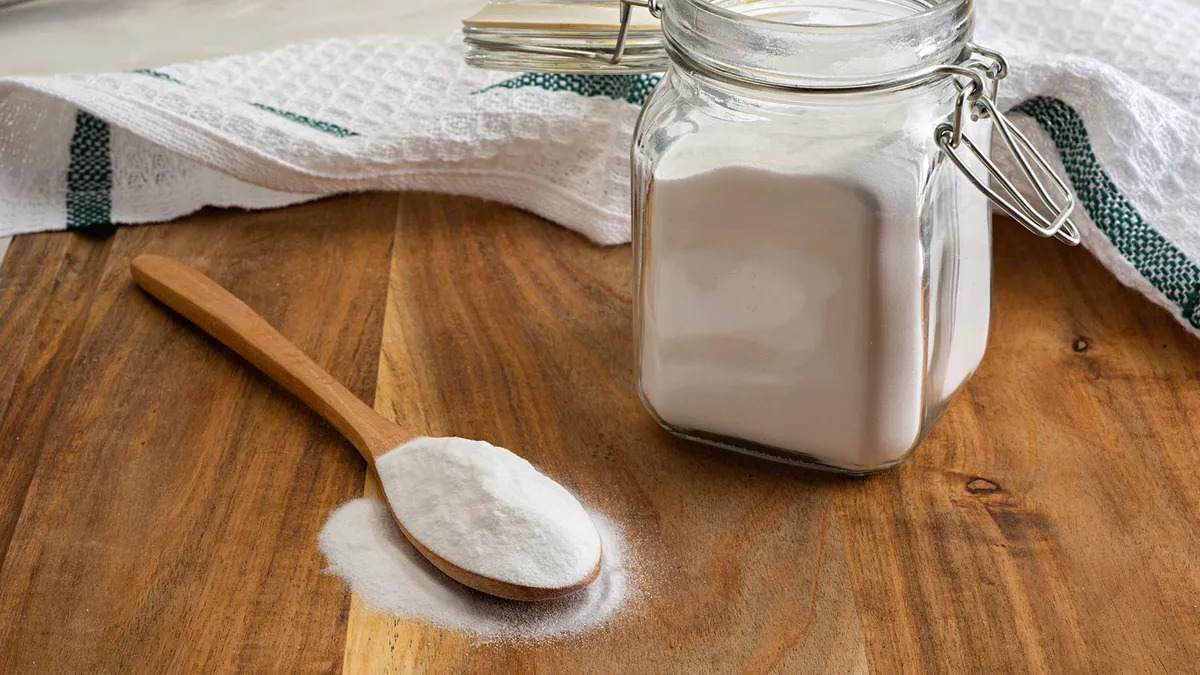
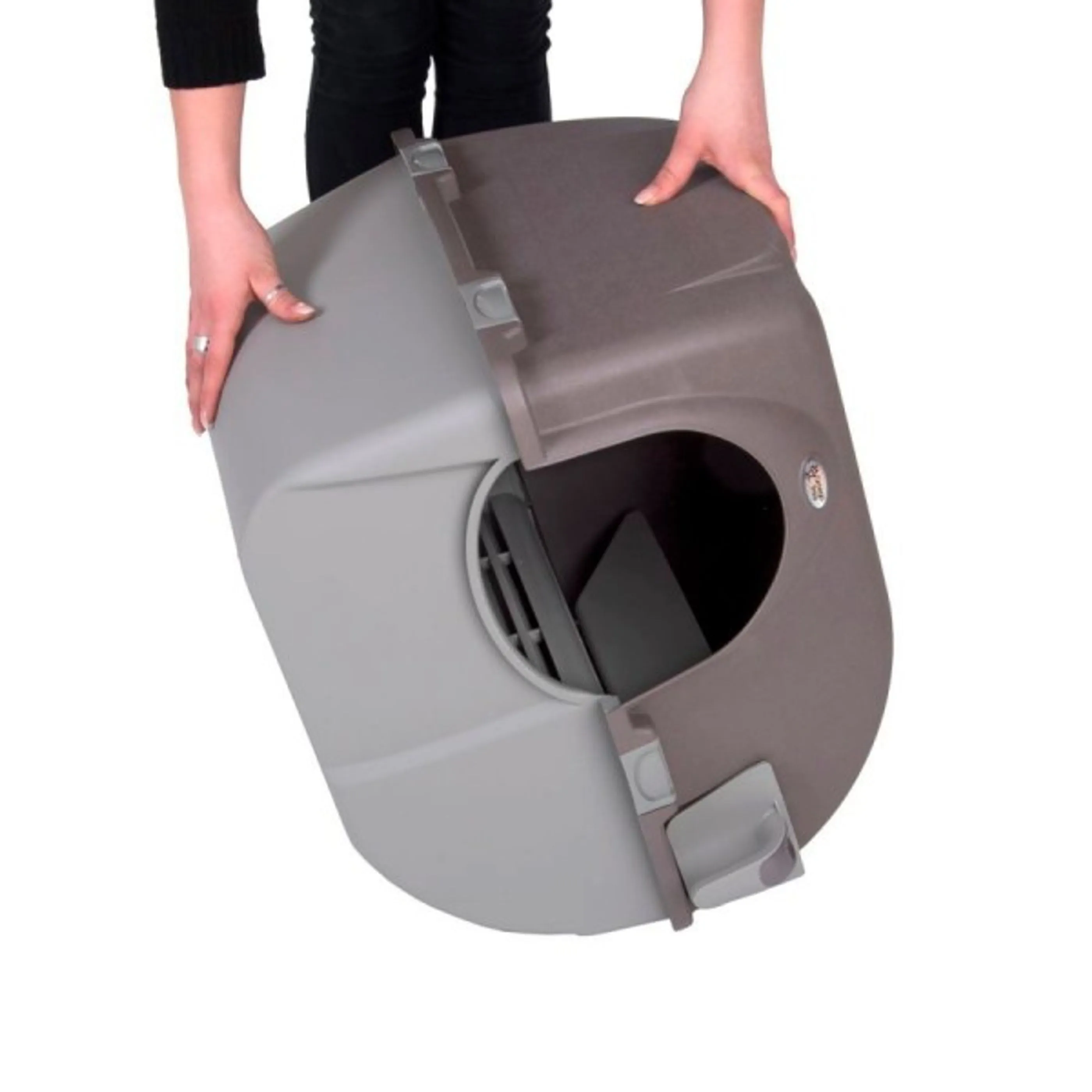
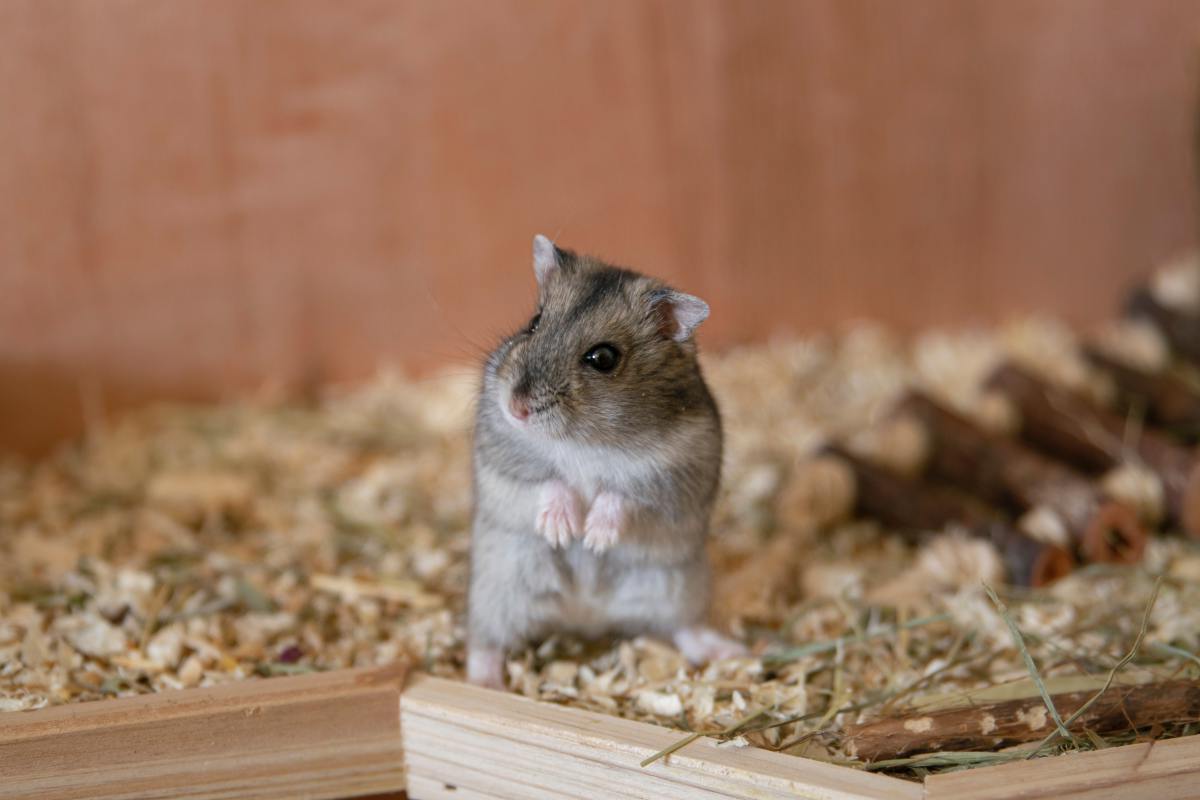
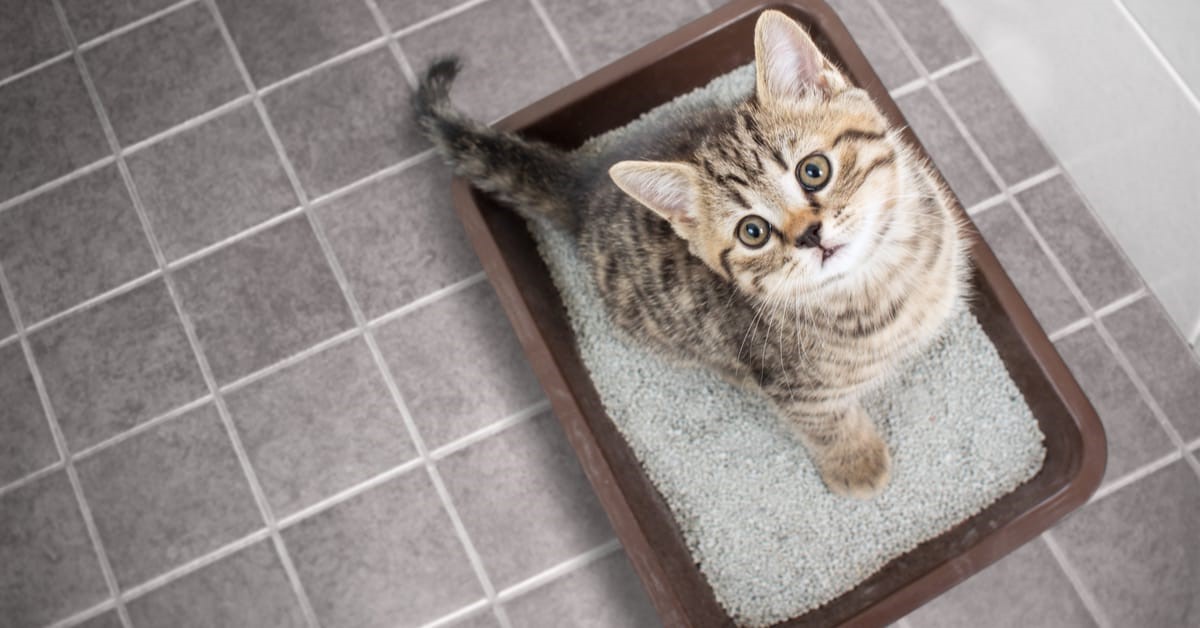

0 thoughts on “What To Use As A Litter Box”